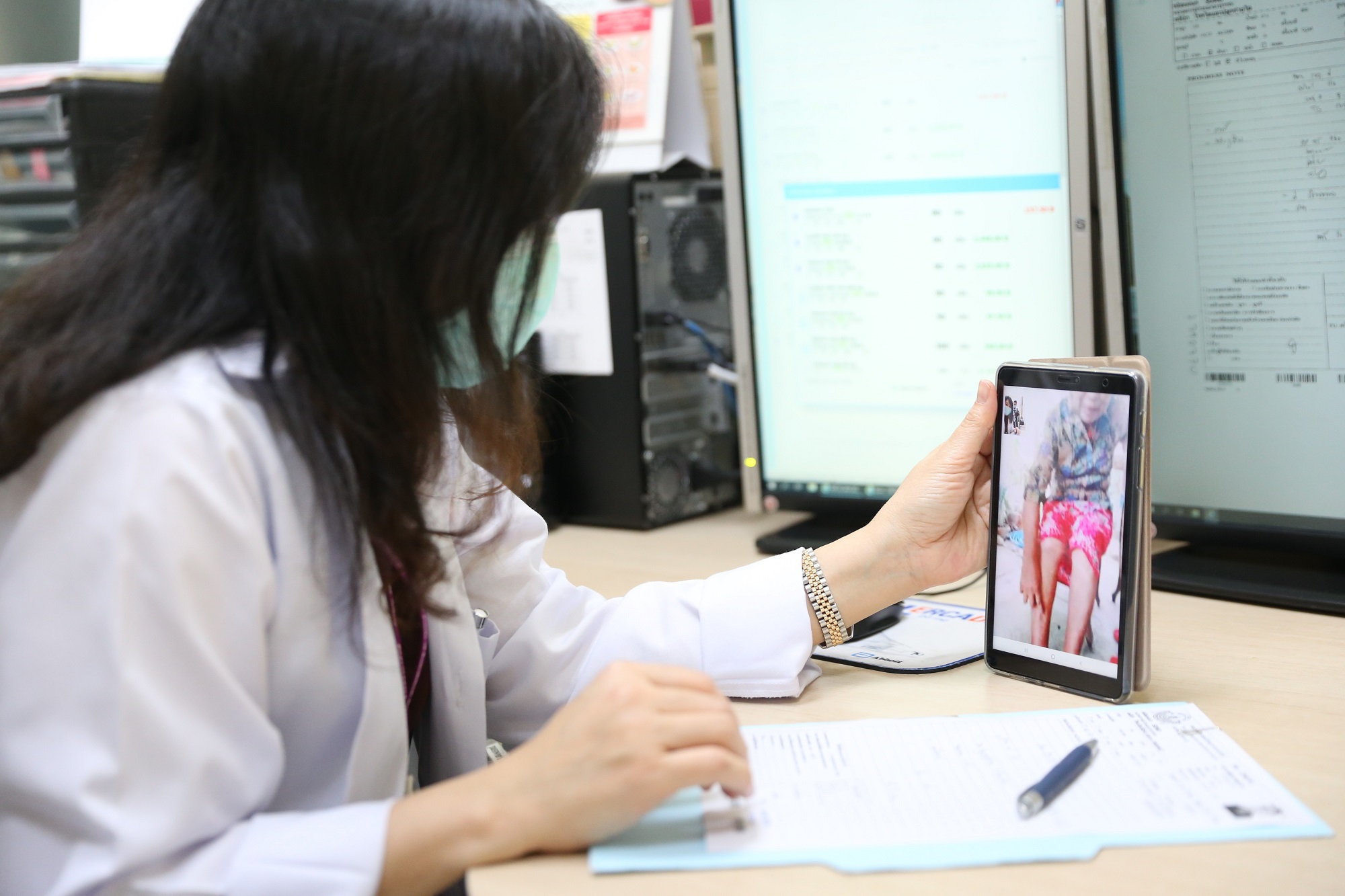
Telemedicine: The New Normal in Healthcare
By Adedayo Oyetoke, Published on: July 21st 2024 5 min, 919 word Views: 995
Telemedicine, once a niche offering in the healthcare sector, has emerged as a mainstream solution in recent years. The term "telemedicine" refers to the practice of providing medical care remotely, typically through telecommunications technology. This evolution has been driven by advances in technology, changes in healthcare policies, and, most notably, the COVID-19 pandemic, which highlighted the need for remote healthcare solutions. In this article, we'll explore the various facets of telemedicine, including its definition, areas of application, traditional practices, and its transformative impact on the healthcare industry.
What is Telemedicine?
Telemedicine is a medical practice that uses telecommunications technology to deliver care from a distance. It encompasses a wide range of services, from virtual consultations and remote monitoring to telepharmacy and mobile health applications. The primary goal of telemedicine is to provide accessible, efficient, and cost-effective healthcare, regardless of geographical barriers.
Medical Areas Where Telemedicine is Most Applicable
Telemedicine has proven to be particularly beneficial in several medical areas, including:
- Primary Care: Telemedicine allows patients to consult with their primary care physicians for routine check-ups, follow-ups, and non-emergency issues. This has been especially useful for managing chronic conditions and providing preventive care.
- Mental Health: Telepsychiatry has become a cornerstone of mental health services, offering therapy and counseling sessions remotely. This has expanded access to mental health care, especially in underserved areas.
- Dermatology: Teledermatology enables dermatologists to diagnose and treat skin conditions through high-resolution images and video consultations. This is particularly useful for patients in rural areas who may not have easy access to a dermatologist.
- Cardiology: Remote monitoring devices can track patients' heart health, sending real-time data to cardiologists. This allows for early detection of potential issues and continuous management of heart conditions.
- Pediatrics: Pediatric telemedicine provides parents with easy access to pediatricians for their children's health concerns, reducing the need for in-person visits.
Traditional Telemedicine Practices
Traditional telemedicine typically involves three primary forms of interaction:
- Live Video (Synchronous): Real-time video consultations between patients and healthcare providers. This method is commonly used for initial consultations, follow-ups, and mental health therapy sessions.
- Store-and-Forward (Asynchronous): This involves the transmission of recorded health information, such as medical images or patient data, to a healthcare provider for evaluation. Teledermatology and radiology often use this method.
- Remote Patient Monitoring (RPM): Patients use devices to collect health data, such as blood pressure or glucose levels, which are then transmitted to healthcare providers. This is particularly useful for managing chronic diseases.
What Telemedicine Allows For
Telemedicine offers several advantages, including:
- Increased Access to Care: Patients in remote or underserved areas can access medical care without the need to travel long distances.
- Convenience: Telemedicine provides the convenience of receiving medical care from the comfort of one's home, which is especially beneficial for individuals with mobility issues or busy schedules.
- Cost Savings: Telemedicine reduces the need for physical infrastructure and can lower healthcare costs for both providers and patients.
- Timely Care: Telemedicine allows for quicker access to healthcare services, reducing waiting times for appointments and consultations.
Specialty That Uses Telemedicine the Most
While telemedicine is used across various specialties, mental health has seen the most significant adoption. The rise of telepsychiatry and online therapy platforms has made mental health services more accessible, addressing the increasing demand for mental health care amid rising awareness and de-stigmatization efforts.
The Growth of Telemedicine
The growth of telemedicine has been exponential, particularly during the COVID-19 pandemic. According to a report by McKinsey & Company, telehealth usage in the United States increased 38 times from pre-pandemic levels. This surge was driven by the necessity to provide care while maintaining social distancing protocols. Regulatory changes, such as the relaxation of telehealth reimbursement policies by Medicare and Medicaid, also played a crucial role in this growth.
Benefits During the COVID-19 Pandemic
During the COVID-19 pandemic, telemedicine proved to be an invaluable tool in maintaining healthcare continuity while minimizing the risk of virus transmission. Key benefits included:
- Safe Access to Care: Patients could receive medical consultations without the risk of exposure to COVID-19.
- Resource Allocation: Telemedicine helped alleviate the burden on healthcare facilities, allowing them to allocate resources to critical COVID-19 cases.
- Mental Health Support: The pandemic's psychological impact increased the demand for mental health services, and telemedicine provided an accessible platform for therapy and counseling.
The Potential to Reshape the Healthcare Industry
Telemedicine's impact on the healthcare industry extends beyond the pandemic. It has the potential to reshape healthcare delivery in several ways:
- Integrated Care Models: Telemedicine can facilitate integrated care models where primary care, specialty care, and mental health services are seamlessly connected.
- Chronic Disease Management: Remote monitoring and virtual consultations can improve chronic disease management, leading to better patient outcomes and reduced healthcare costs.
- Health Equity: By reducing geographical and financial barriers, telemedicine can promote health equity, ensuring that all individuals have access to quality healthcare.
- Innovation and Technology: The continued advancement of telemedicine technologies, such as AI-driven diagnostic tools and wearable health devices, will further enhance the quality and scope of remote healthcare.
Conclusion
Telemedicine is not just a temporary solution but a transformative force in the healthcare industry. Its ability to provide accessible, efficient, and cost-effective care has made it an integral part of modern healthcare delivery. As technology continues to evolve, telemedicine will undoubtedly play a critical role in shaping the future of healthcare.
For more insights into health and wellness, check out our other articles on Wireless Terminal, such as Prevent Age-Related Issues: Essential Tips for Middle-Aged Health and Wellness and Mind, Body, and Soul: Holistic Wellness Practices for the New Year.
